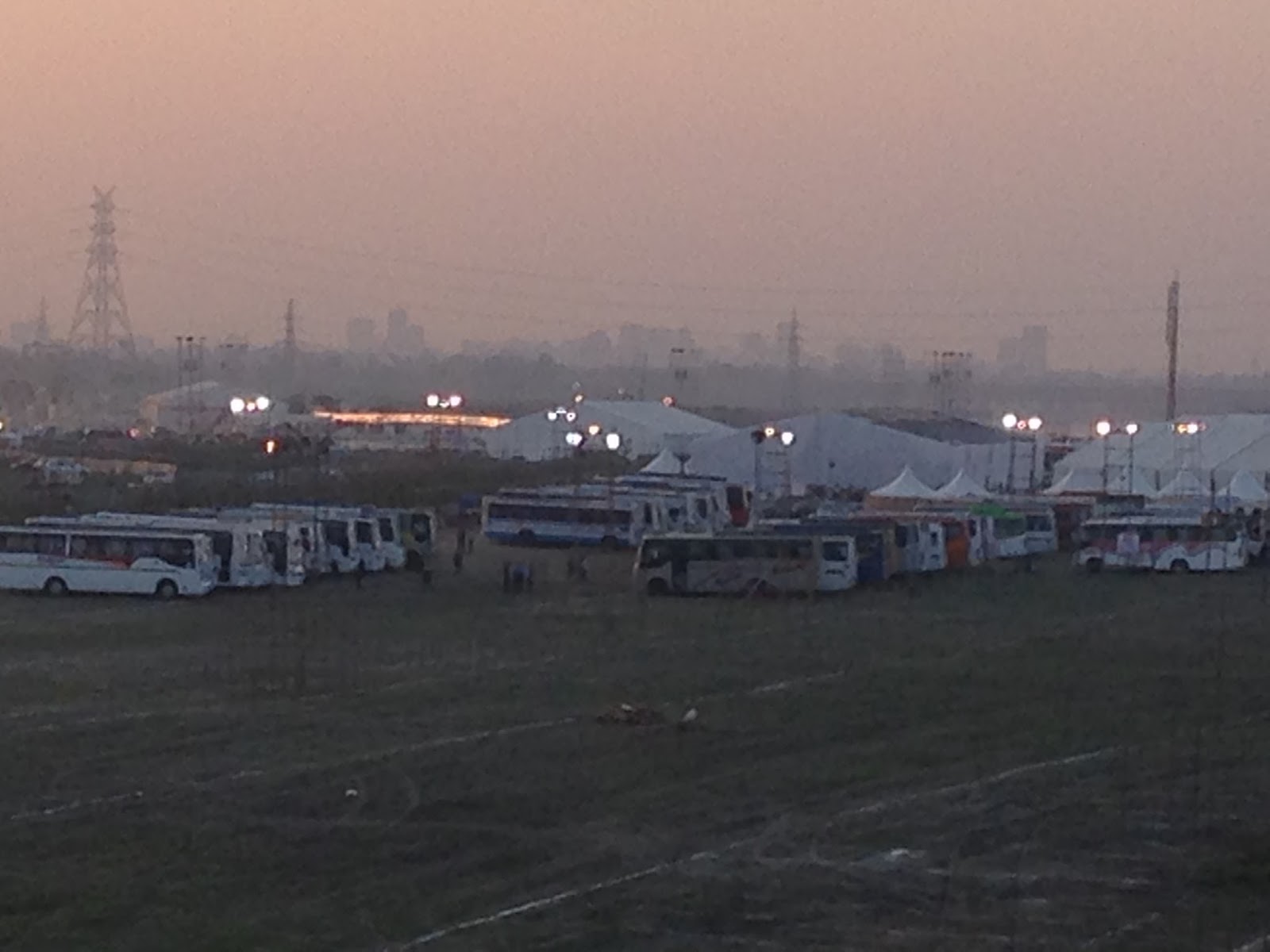People in large cities no longer need to depend on India Post except for sending occasional package/ letter to some small town, official work (Speed Post) or where official proof of delivery is needed (Registered Post).
City folks would get stuck occasionally, like me, when they order something from US using USPS, or any other shipping where India Post is expect to bring the package home. Here is a quick guide I wrote on what a consumer should expect and do in the above case. This perhaps helps highlight one example of the postal mess. It is possible to avoid getting stuck in such cases by opting for Fedex or DHL, which though expensive, handle the customs efficiently and deliver faster.
Most city folks might therefore, generally, not feel stuck with or without India Post.
However, larger India depends on it
India Post is an important institution. It helps connect India with its 155,000 branches. It has rolled out core banking solution in 20,000 branches. It is India's largest core banking network. In comparison, State Bank of India has about 13,000 branches. India Post disbursed Rs 11,400 crore through 6.4 crore MGNREGA accounts in 2013-14.
The fact that the concept of customer service is still largely alien outside of big cities also helps. We are elated if we are not asked for a bribe. It is expected for government run agencies to not pick up the phone or disconnect while the consumer is still explaining the problem.
Peek into the puzzling problem
In 2012-13 and 2013-14, the annual report shows the deficit to be around Rs 5,500 crore for each of these years. City folks too should bother as their taxes fund these massive losses.
These losses are more than the budget of India's space program for the corresponding years. We could potentially double ISRO's budget if this loss did not exist. While the space budget now stands increased to Rs 6000, the information on the revenue deficit of India Post for 2014-15 is not yet available. There is an annual report for 2014-15 on the website. This appears to be misleading as the data provided is one year old. It should actually be labelled as the annual report of 2013-14.
It is not just international shipping that is run in a sloppy manner. Out of 18 product lines listed as sources of revenue - the data for 2013-14 shows that India Posts makes losses on 15 of them. Of the remaining three, Book Post - Other Periodicals marginally exceeds the cost. Letter has a profit margin of 12 per cent. Only Competition Post Card shines with a profit margin of 35 per cent. Maybe, the simple Post Card needs to be subsidised and suffer losses but why nearly everything makes losses? Why does Speed Post make a loss of 41 per cent?
It is not to say that it is impossible for government agencies to do a decent job. ISRO too is government but it is generally regarded as cost efficient and high performing. Why is India Post not a patch on this?
New opportunities or worries?
Online retail is growing rapidly. This presents an opportunity for India Post in the larger India. India Post is now launching a Payments Bank which is expected to be operational by March 2017. What might give confidence that these opportunities would not turn loss making? Will India Post confine itself to delivery of government schemes to the poor?
India Post occupies large resources when it owns nearly 4500 buildings across the country and rents many others. It has a staff of 460,000 (March 2014), including 260,000 Gramin Dak Sevaks. It is inefficient and makes huge losses, year on year.
I am sure there must be ways to turn it around and a lot of things must have already been tried. Obviously, the results have not been as expected.
Should we not ask, why are we still stuck with India Post?




























